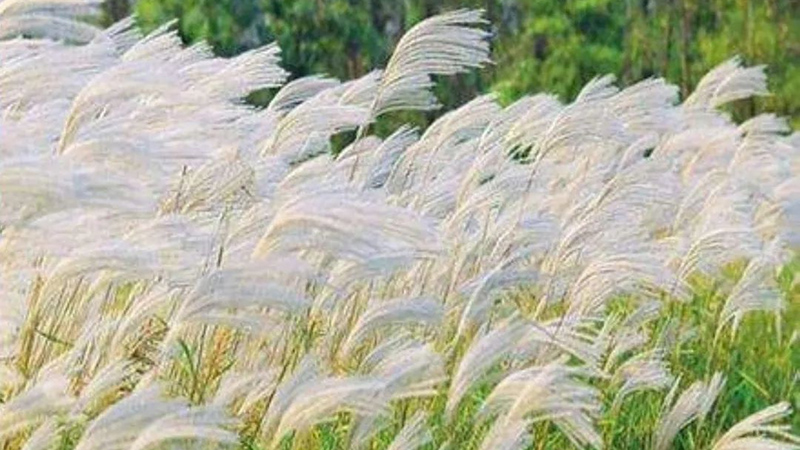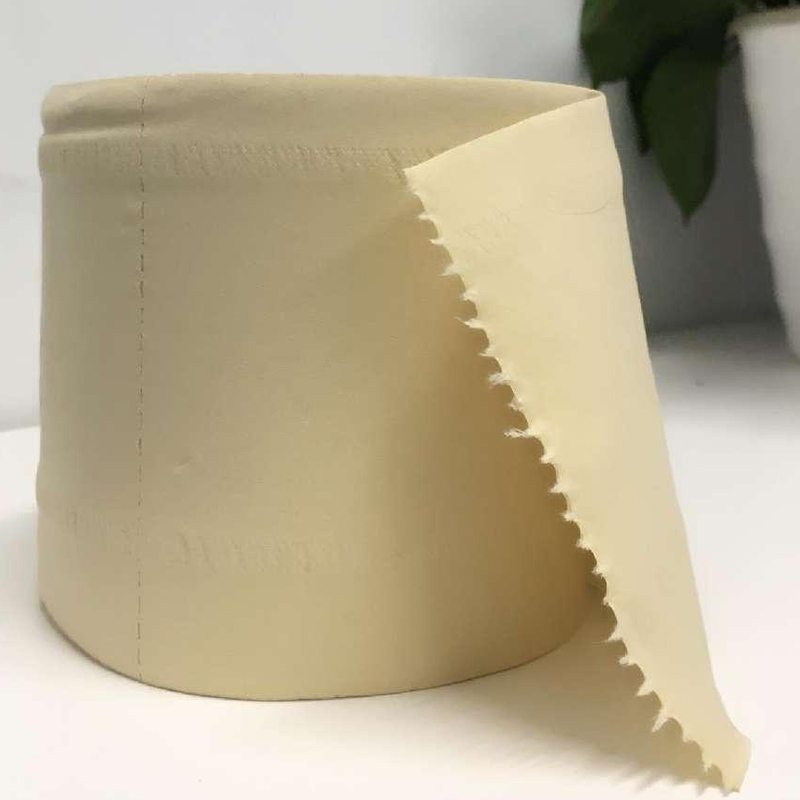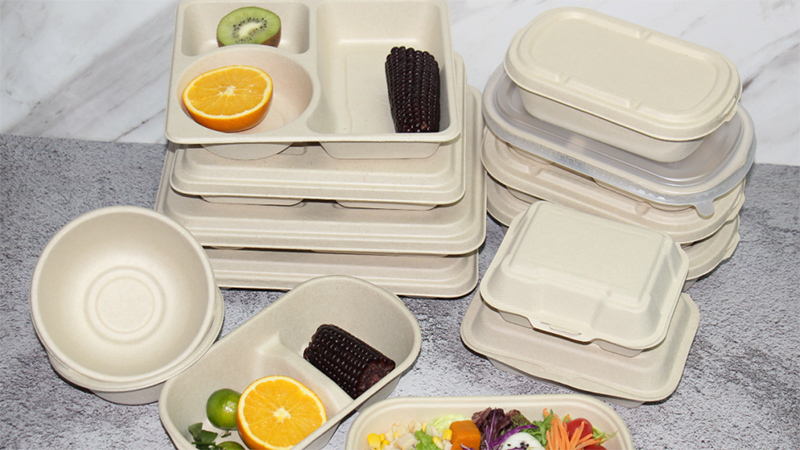"Even though the wind blows away overnight, only in the shallow water of the reed flowers."The words of Luhua are" tenacity "and" love with self-esteem and inferiority".

The total reed production in 2022 was 3.15 million tons.
Reed has a strong adaptability to the environment, and it can survive in a relatively cold and barren environment. Distribution in the north and south of the river, common in rivers and lakes, ponds and ditches and low wetlands. Reed is born in marshes, floodplain and shallow lakes. Dry reed is distributed in the periphery of oasis farmland, saline-alkali land, desert area and other environments. Reed reproductive ability is strong, under suitable conditions, whether seeds, rhizomes and aboveground stems can be planted.
Reed whole body is treasure, reed leaves can treat cholera, reed stem, reed root can clear heat, in addition to trouble stop vomiting. Reed has the function of dike embankment, slope protection and weed control. poles are raw materials for paper making or materials for mat weaving and shed construction, and rhizome for medicinal use. The ecological value of reed wetland has the reputation of "the second forest", which is in purifying water, regulating climate and protecting biodiversity.
Paper pulp is the most suitable way to use reed from the utilization scale, environment and "two-carbon" economy. With the great progress of biomass utilization technology, the comprehensive utilization level of biomass in the pulp and paper industry is constantly improved, and the comprehensive development and utilization of reed is a new goal to achieve the development of ecological pulp and paper industry in the future.
1. The main producer of reed in China
①. Dongting Lake and Honghu area are one of the main reed producing areas in China. Data show that the reed area of Dongting Lake 133 and Honghu Lake 12 districts reaches more than 1.45 million mu, and the annual total output is 101 + 9 = 1.1 million tons, accounting for more than 30% of the national total output.
②. Baiyangdian reed covers an area of 116,000 mu, with an output of 44,000 tons.
③. Bosten Lake is the largest inland freshwater throughput lake in China, with 1646 square meters, an area of 600,000 mu and an output of 210,000 tons.
④. Songnen Plain, Baicheng reed wetland belongs to the river beach marsh wetland, saline-alkali soil area, the city's reed wetland area is 2,514,800 mu, divided by river basins, mainly distributed in Nenjiang River, Huolin River, Taoer River, Wenniuzhi River, Jiaoliu River, Erlongtao River and other basins. Production volume of 110,000 tons.
⑤. Wuliangsuhai, located in Wuliangsuhai, Wulat Front Banner, Inner Mongolia Autonomous Region, covers an area of about 300 square kilometers, with an area of 200,000 mu and an annual output of 150,000 tons of reed.
⑥. Shuangtai Estuary and Daling Estuary of Liaohe Plain have a reed area of 120,000 mu and an annual output of 80,000 tons of reed.
⑦. In the seashore and estuary of Yancheng city, Sheyang reed is known as "the capital of wetlands and the kingdom of reeds". It has 1.09 million mu of tidal flat, 100,000 mu of reed base, with an annual output of 60,000 tons of reed.
⑧. Panyang Lake used to be 500,000 mu. Due to the decline of the utilization rate of reed in recent years, the area has decreased year by year, and the living area is less than 30,000 mu.
2. Reed structure and paper-making use
①. Chemical composition of reed: cellulose content 55.82%, including cellulose 79.97%, hemicellulose 20.03%, fiber length 1.52mm; lignin 23.52%; pentose 23.09%; ash 2.94.
②. Reed pulp: 2.4 tons of reed produces one ton of chemical pulp, China 3 million tons of reed, all made pulp can save 1.25 million tons of wood pulp, reduce 6.25 million cubic wood, cut 43.75 million trees, equivalent to about 1.09 million mu of natural forest; absorb carbon dioxide 73.28 million kg; release oxygen of 53.59 million kg; oxygen released a year for 71.09 million people to breathe a year.

3. Production and index of reed sulfate chemical pulp
①. The appropriate conditions for conventional three sections are: section C slurry thick 3%, time 60min, temperature 25℃, pH <2, E slurry thick 10%, time 90min, temperature 60℃, pH value> 10, H slurry thick 6%, time 120min, temperature 40℃, pH value 7.5-8.0 (final), 8g dry pulp, chlorine dosage in 8.0%, the highest white degree at C: H=6.5:3.5.
②. After NaNO3 pretreatment, CEH three-stage drift can achieve better bleaching effect. The best process conditions for NaNO3 pretreatment are: the H2SO4 dosage of 9.0%,0.16mol/kg NaNO 3 treatment concentration 26ml,0.2M 0.9%, temperature 90℃, time 120min, the card value decreased from 17.506 to 7.128, and the amount of chlorine increased from 4% to 85.3%ISO, increasing by 10%ISO.
③. EH bleaching reached 81.3%ISO and a viscosity of 700.8.
1) Optimum conditions for pretreatment before oxygen-alkali bleaching: acid H2O20.2%, thick slurry 5%, temperature 60℃, time 30min, pH value 3.
2) Optimal conditions for oxygen-alkali bleaching: 3%, maximum temperature 115℃, 60min, oxygen pressure 1.0 Mpa, MgSO4 dosage 0.5%, H2O2 dosage 0.8%, slurry sample 20g, concentration 1%, floating viscosity decreased to 682.8, card value 5.113, after oxygen-alkali bleaching, bleaching of CEH three sections increased by 10.6% at 4.0% chlorine ISO, viscosity to 474.6ml/g.
④. The best conditions for CE pH bleaching are: segments C, E and H are the same as the previous conventional three segment drift. In segment E, p H2O2 is 0.8%, Na2SiO2 is 2%, MgSO4 is 0.05%, chlorine is 8% 2% more ISO than conventional bleaching, and the viscosity is reduced to 618 ml/g.

4. Characteristics and application scope of reed pulp
Reed pulp is suitable for cultural paper, environmental protection paper, household paper and industrial molding products, its fiber fluffy, good water filter, household paper with high wrapping degree, paper and pulp molding products loose thickness index is high, suitable for the use of card (board) paper core pulp.
It can also produce viscose fiber, and using reed can also produce cellulosic ethanol and other products.
